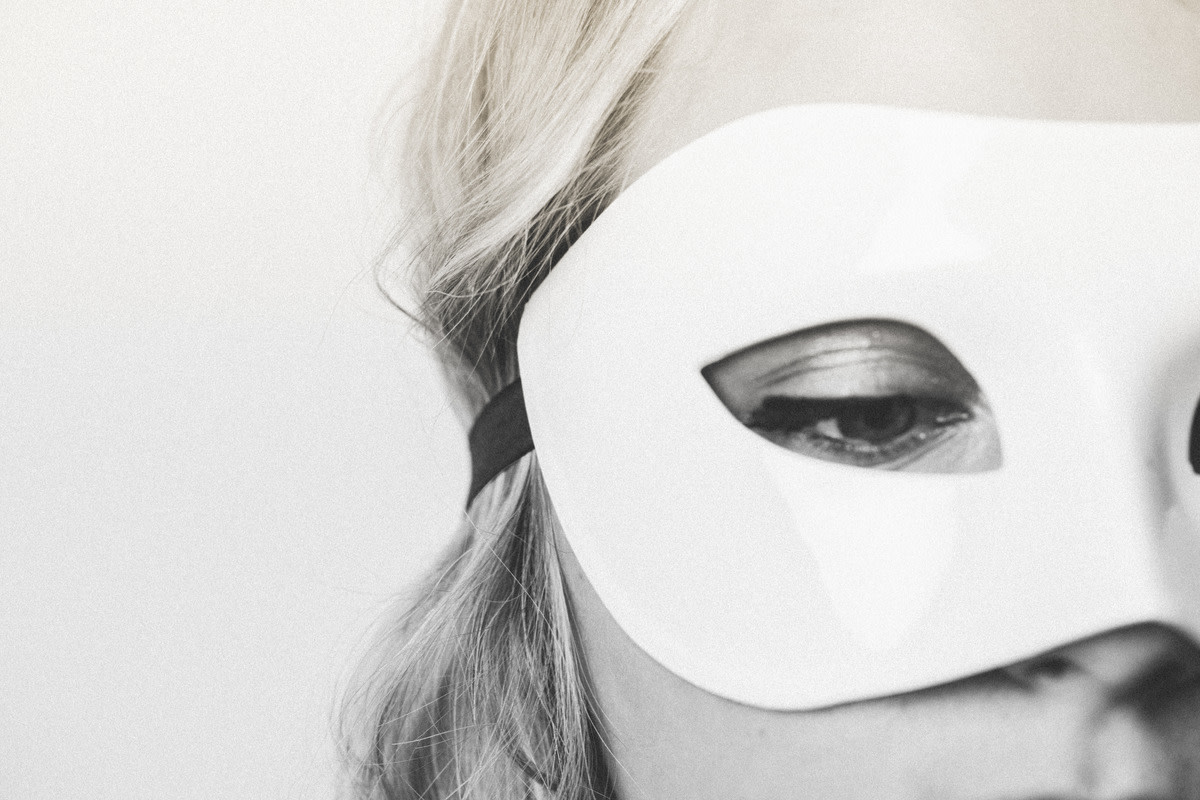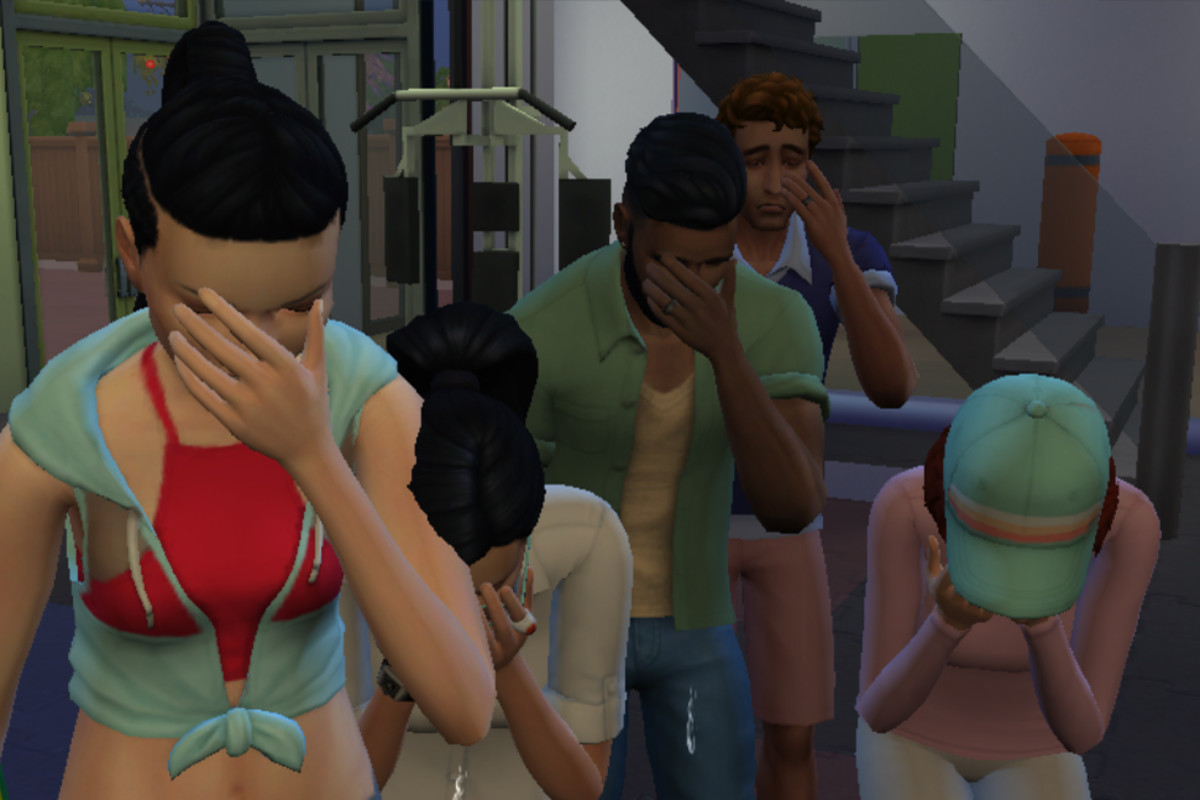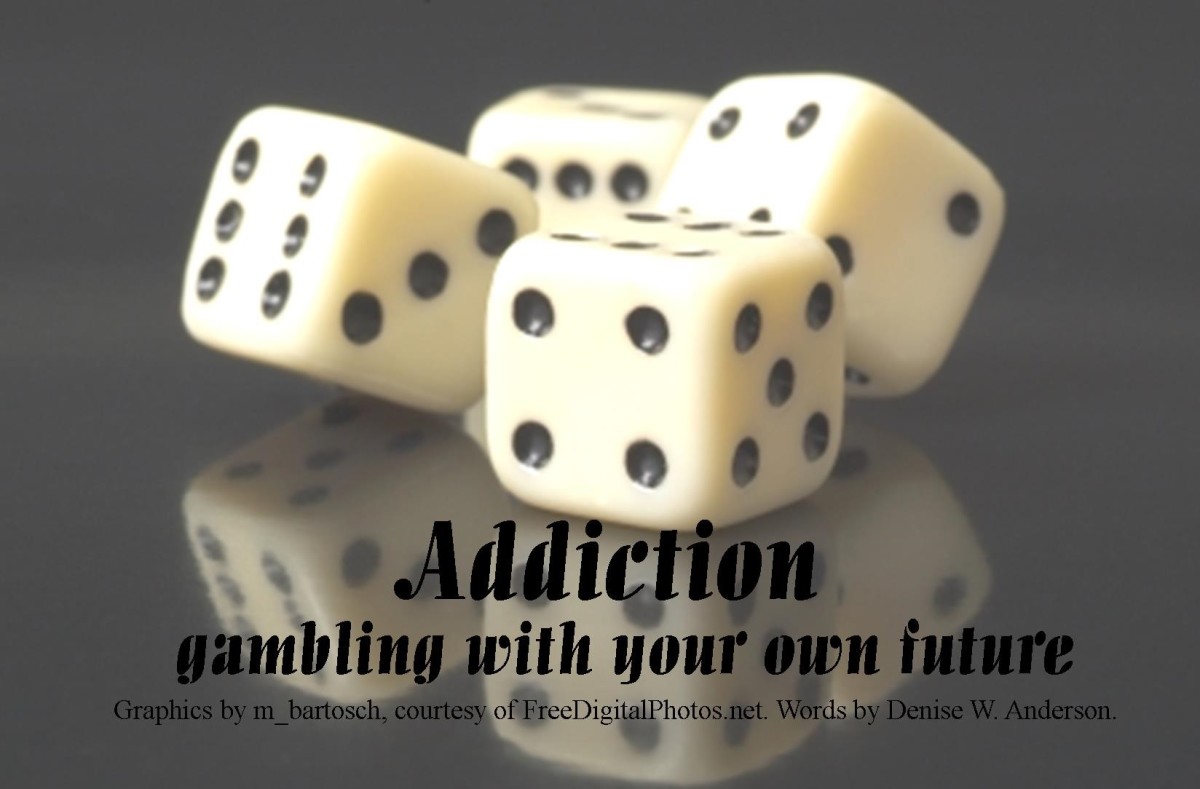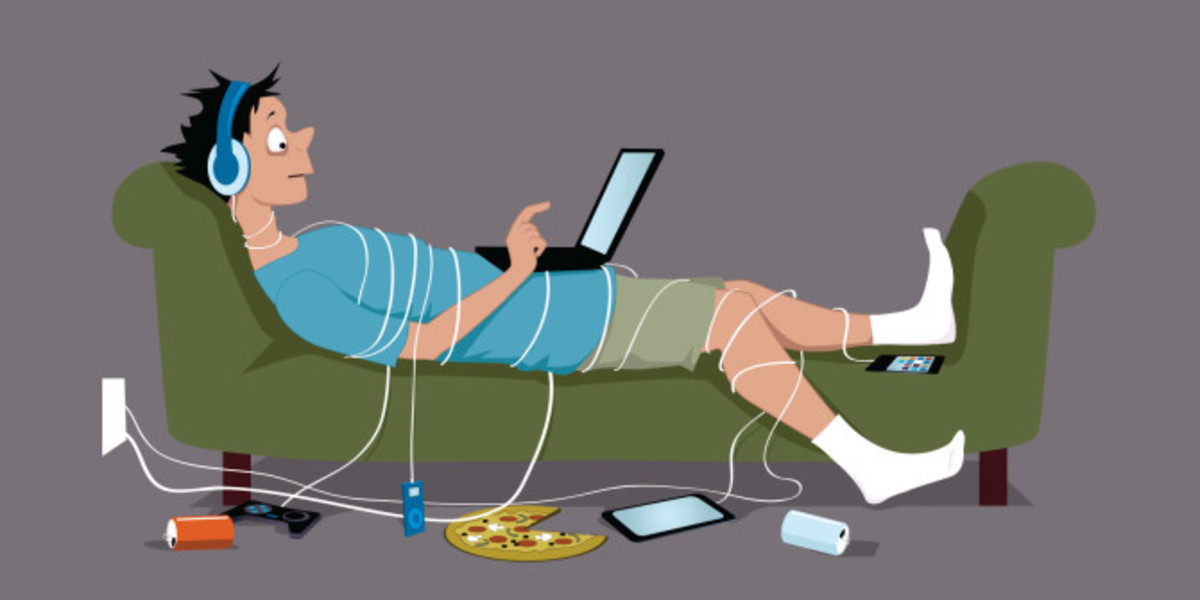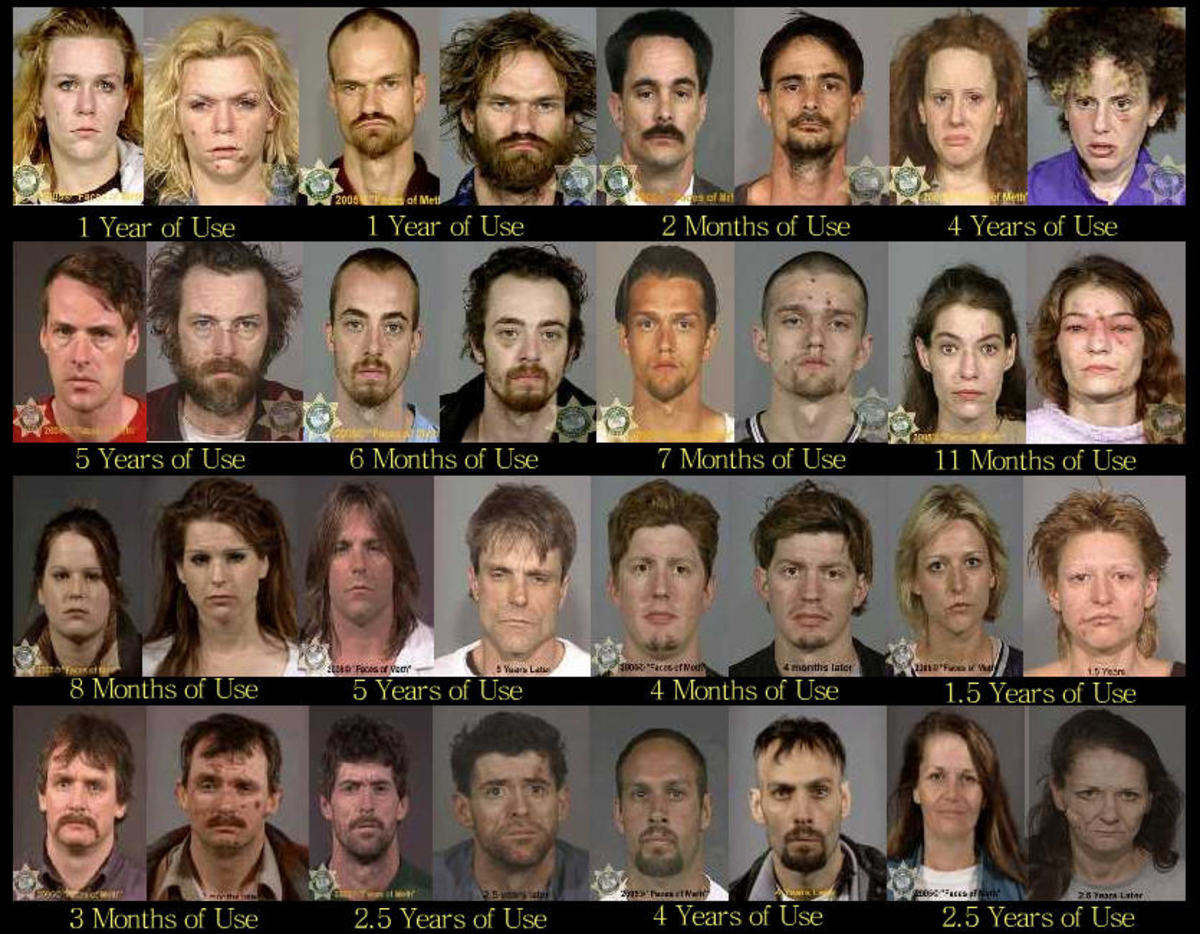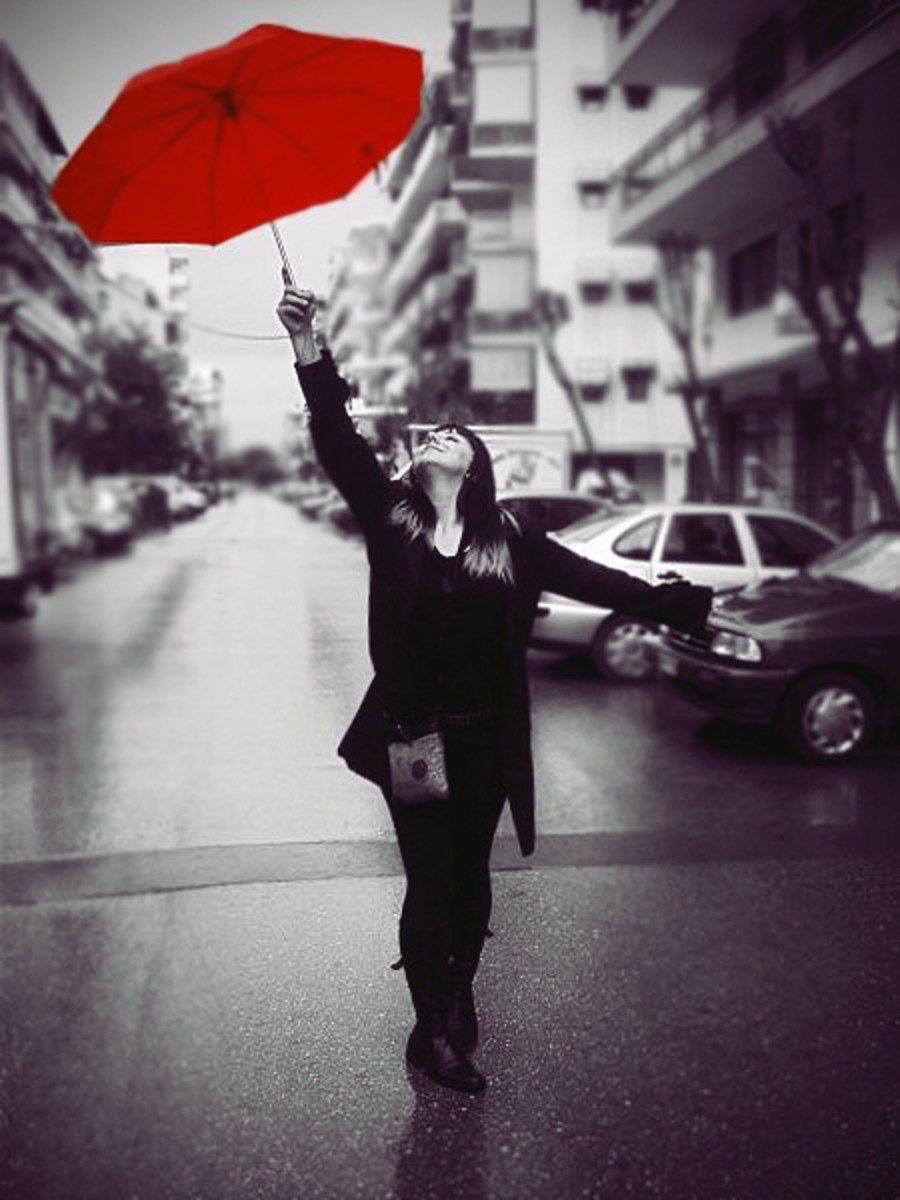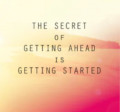- HubPages»
- Health»
- Mental Health»
- Emotions
When Do "Happy Places" Become Addictions?
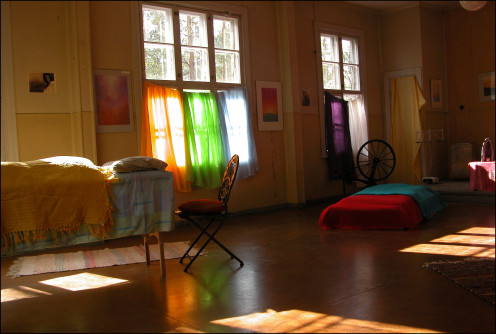
My "Happy Place"
I have an addiction although it may at first glance not be readily recognised as one. I sometimes go to my happy place where the fire is burning with an orange flame, the TV is showing a romantic comedy, I have chocolate and tea, I’m wrapped in a cosy blanket and it’s dark outside.
This is my ready and easy to assemble escape to happiness place.
I immerse myself in the film and live in a world where people are happy and laugh and no matter what goes awry love always win out. For about 2 hours I live in a world where people find their soulmates and live happily ever after. I get to experience living in a world where mean people get found out.
When I watch films I usually immerse into them if they match my inner realms. You could as easily find me riding through the LOTR forest of Lothlórien as you could in the actual forest I reside in.
As I watch as an observer of the life unfolding on my TV screen, the world outside my window does not exist. That is why I prefer it to be dark outside as then it requires no effort to filter out unwanted visions that don’t belong in my temporary sanctuary.
The chocolate brings in my own inner symbology of love via sweetness just, as the tea and blanket bring in my own inner symbology of security via warmth.
I long ago recognised that if I had to break down my own personal ultimate world of love into a few constituent elements, they wouldn’t be earth, water, air and fire they would be love, warmth, security and acceptance.
Where does the acceptance come into this current equation then? There is nobody else in the room with me, or if there is they unconditionally accept that their mum likes to snuggle down on the sofa in front of the fire with some chocolate and watch a romantic comedy. With no expectations to live up to there is no possibility to disappoint.
Acceptable Escapism?
This kind of escapism, fantasy or addiction is very easy for others to accept because it appears harmless. But is this kind of escapism always so harmless? There are two trains of thought here. When does “going to my happy place” stop being that and instead become an “addiction”? And who or what determines what is harmless?
For starters society has distinct views on our chosen happy place. As I said, it’s very easy to accept your mum sitting wrapped up in front of a romantic comedy because it doesn’t elicit any fearful thoughts in a casual observer, yet if I were sat there injecting drugs into my arm in order to escape to a happy place for a while I’m fairly certain that the situation wouldn’t be so unconditionally acceptable to any casual observer.
By virtue of the fact that I’m making an effort to step into my happy place, i.e. I light the fire, make the tea, choose the film etc. one can deduce that I was previously in an unhappy place perhaps or at least a not quite so happy place, at the very least I felt a need to be elsewhere for a while.
I am making the distinction between this needful scenario and other times when I may have just found myself sat watch a romantic comedy with the fire on and eating chocolate because I happen to own lots of that film genre, I like chocolate and I heat my house with a wood burning fire. Although on the surface they would appear to be the same scenario they clearly come from very different places.
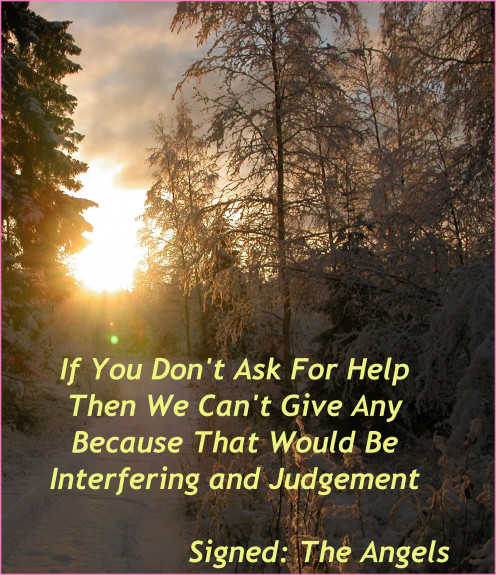
Socially acceptable or not?
Which leads me neatly into the question of when does my happy place become my addiction? When I’ve done it intentionally for escape? When I’ve done it more than 50 times? If I do it everyday? If it interferes with my daily life? If my health begins to suffer? If other peoples’ lives start to suffer?
I notice the different reactions we all have to different escapism or addictions: chocolate = socially acceptable, sex = socially acceptable if male and not if female, going to the gym = socially acceptable, heroin = not socially acceptable, coffee = socially acceptable, cigarettes = becoming less socially acceptable and so on, the list is endless…
Those who favour a socially unacceptable escapism have the added disadvantage of having to hide their “solution” which in turn makes the world they wish to momentarily escape from an even more undesirable place to be in and thereby enhances their need for escape. This is a clue in this observation of where we cross a line from escape into addiction.
Intention and Choices
It’s like choosing to emigrate because:
(a) the opportunities in the new country over there seem to be exactly what you are looking for, it feels right
(b) You have to get out of this place.
And therein lies an answer, it comes down to our intention. Our intention defines why we are doing something, our intention defines why we do everything! With option (a) I am choosing a positive step borne of my passion and with option (b) I am choosing from fear.
When confronted with something (lets call it our monster) which frightens me I have choices:
1) I can avoid the monster by running away
2) I can try to avoid the monster by hiding from it
3) I can softly observe what the monster actually is, what does it consist of, what about it is actually frightening me
If I take option 1 then I am always running. It is impossible to ever feel safe when you are constantly running away from a monster. Try it if you don’t believe me.
Similarly, if I take option 2 , it is impossible to feel safe when you are always hiding from a monster.
We all know that if we have a problem then no matter where we travel to in the world, if we are there then our problem will be there with us. Some geographical locations make it easier for us to believe for a limited period of time that we have escaped our problem or outrun our monster but it will always catch up with us eventually.
Why? Because we created it, our mind is what created the monster and therefore it will always be with us.
This brings me to option 3. Now, many people would argue that option 3 is not always an option and I totally agree with them BUT if we remember that it is intention which defines our experience then we see that all we need to do (I do recognise that it is a simple statement of an extremely difficult process) is to stand with the intention of observing our own particular monster. This in turn brings about a clearer understanding of what the monster is and why we have it thus bringing us closer to freeing ourselves from the influence of the monster.

Total Immersion
Taking it all back to my example: I recreate the symbolic appearance of my idyllic world of love, warmth, safety and acceptance with my fireside movie moment. When I’m feeling a bit lacking in the warm, loving world department I have created an easy way (provided that I am at home) to put myself into a world of love, warmth, security and acceptance.
Then when I am immersed completely in that world for a while I feel stronger and I shine more brightly, I am less susceptible to being influenced by darkness or dark thoughts. In my own way I am now more able to see the love, warmth, safety and acceptance of the world around me because I have tuned myself back into that wavelength. I’m now tuned back in to noticing all of those things in the outside world, things that were always and will always be there but I hadn’t seen them because I’d got caught up in noticing darkness instead.
It doesn’t matter for now, how I got so caught up in the darkness because that is a whole other subject. Our world is a world of duality, it is completely appropriate for it to be both light/dark, male/female, yin/yang, left/right, hot/cold etc. I would say that my “role” is to inhabit with my own conscious awareness those aspects of this world which suit my intention.
Stepping Into A Positive Cycle
When I am consciously aware of my intention to remove myself from the seemingly cold, unloving, unsafe and unaccepting world via my movie moment I am in a good position to recognise the positive aspect, to see the warmth, love, safety and acceptance around me. When I am running away from cold rejection and darkness then the only thoughts in my mind can be those of cold, rejection and darkness.
See how we have now come full circle? I lift myself out from the apparent clutches of the monster by setting my intention to casually observe the monster i.e. without any agenda. In doing so I am able to intend something positive i.e. I recreate my fireside moment to tune me back into the wavelength which I have identified as love, warmth, safety and acceptance, I do this momentarily then I use that new stronger position to assist me in the next implicit step of recognising that I was never in a place without warmth, love, safety and acceptance in the first place
If I follow this cycle enough times my mind will trust to it even though it includes aspects beyond the scope of mind. The mind can easily structure physical, emotional and mental experiences into cogitative patterns but the element of blind faith in setting an intention and thereby immediately existing in the world created by that intention is like some kind of “magic” to mind.
The mind becomes more experienced until eventually the day will come when I'm feeling a bit unloved, cold, unsafe and rejected and my mind will step right in and remind me that this is all an illusion. Then I can step right back into the light of recognising the positive around me without the need to emulate the feeling via movies and fires.
This kind of unity where we learn to bring in the 4 fold aspects of our humanness together is the coming together as One of which we often speak. It implicitly comes from Unconditional Love because I no longer have any requirements for judgements. Why? Because as I set my intention for "something" it tunes me into that wavelength and I see that certain "something" has always been around me.
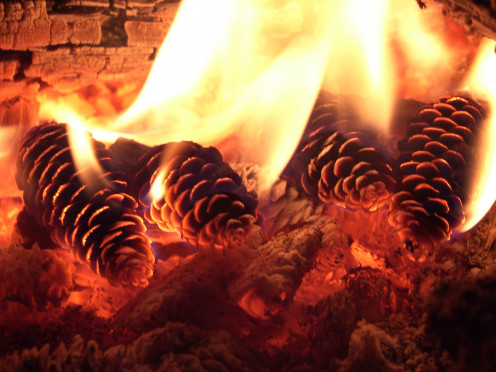
Effortlessness
Notice how this is effortless, we set our intention for something and there it is right in front of us. Whereas creating something fearful required me to use my mind in an effortful way, to block out the warmth, love, security and acceptance I had around me, to filter it from my vision so that I appeared to be cold, unloved, afraid and rejected.
Why on earth would we have made an effort to do that?
1) Because we could
2) Why not!
3) When we start to see that we have everything already and always will do and we are more powerful than we could ever have possibly imagined, we panic!
And here we are right back at intention again…..
Higher Intentions
My Intentions may be:
To exist as a beautiful, limitless being of light because that is awesome and that is what I choose because I like being that.
OR, I exist as a lesser than, limited version of myself but with the option to perhaps slowly push back those boundaries little by little so that I can enjoy the journey as I go, after all if I am such an awesome being of light it must be perfectly ok for me to just exist however, wherever and whenever I want…..etc.
OR, Holy Shit, shut that down! Message to mind: Don’t you ever take me there ever ever again, do you hear me…..now pass me that chocolate. Sometimes our magnificence is the most frightening thing about us.
OR, no doubt there are a myriad versions betwixt.

My Conclusion
So to loop that right back to the beginning again….what is an addictive behaviour? I would surmise that if I do something in order to achieve a certain result and I don’t get the result I intended (usually a subconscious intent) but I perpetually continue in this behaviour because the intent is beyond my awareness even though I never achieve a permanent state of satisfaction but instead end up with many temporary feelings and glimpses of that which I intend to create but I never quite equate the two or recognise that my formulae do not work and instead I continue and get lost in my method of temporary respite assuming that if I glue enough temporaries together in one long string then that will equate to a permanent….then I have an addiction!

